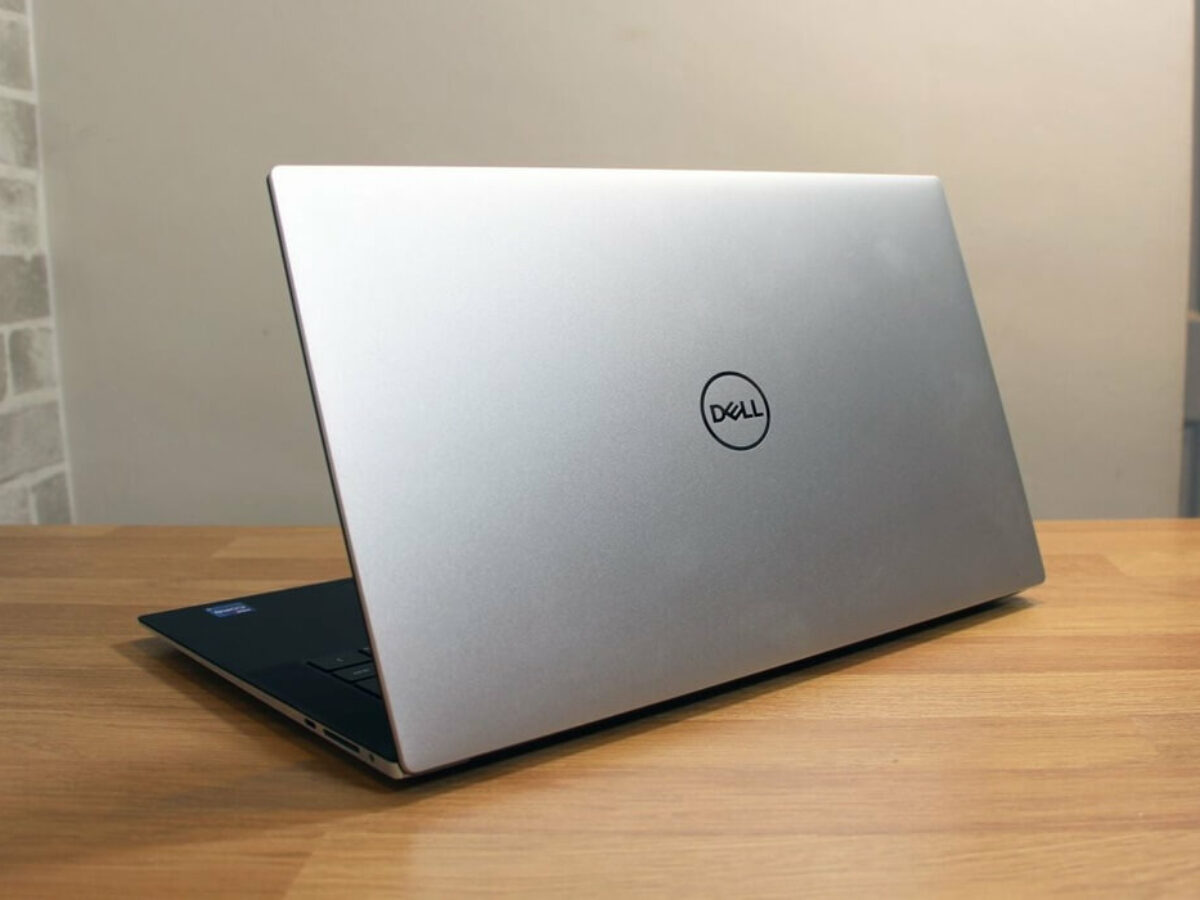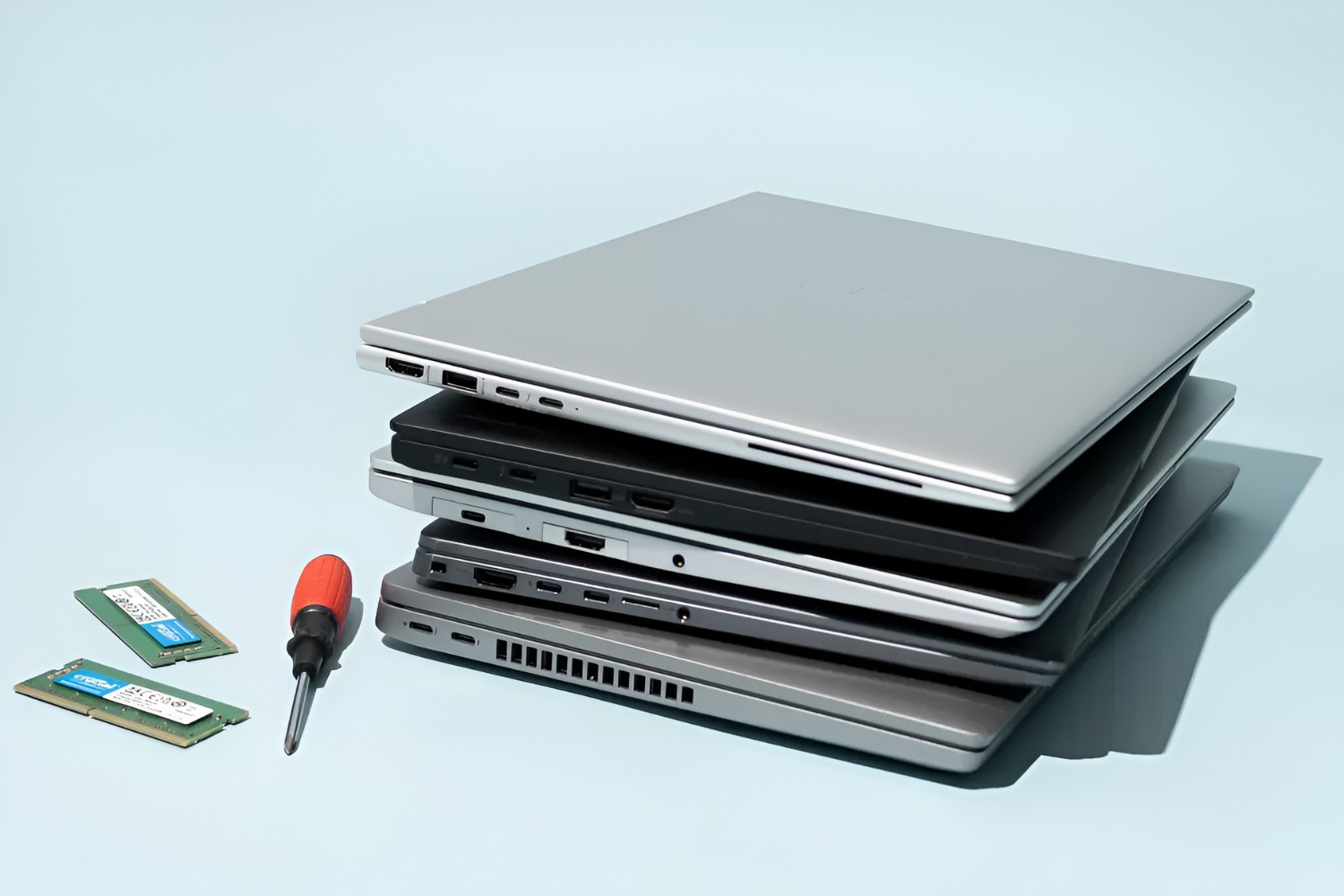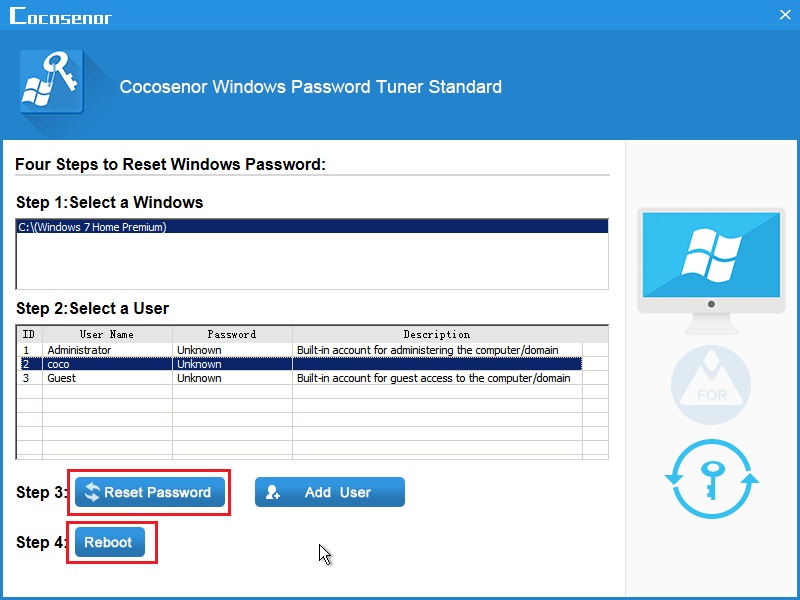Introduction
Restarting your Dell laptop is a simple yet effective solution to resolve various issues or to perform system updates. It can help refresh the system and clear any temporary glitches or errors that may be affecting its performance. Whether you’re experiencing a slow-running laptop, encountering software errors, or simply want to apply changes after installing new updates, restarting your Dell laptop can do the trick.
In this guide, we will explore different methods to restart your Dell laptop. We will cover using the Start Menu, keyboard shortcuts, power button, Windows Settings, and the Advanced Startup Options. These methods are applicable to various Dell laptop models and can be easily performed even if you are not a tech-savvy user.
Before we dive into the different methods, it’s important to note that restarting your laptop can help resolve many common issues. However, it won’t fix hardware problems or software conflicts caused by incompatible applications. If your laptop is experiencing hardware issues or persistent software problems, it’s advisable to seek professional help from Dell Support or a qualified technician.
Now, let’s explore the various methods of restarting your Dell laptop to keep it running smoothly and efficiently.
Restarting your Dell laptop using the Start Menu
The easiest and most common method to restart your Dell laptop is by using the Start Menu. Here’s how:
- Click on the “Start” button located at the bottom-left corner of your screen. This will open the Start Menu.
- From the Start Menu, click on the “Power” button. A dropdown menu will appear with several options.
- Select “Restart” from the dropdown menu. This will initiate the restart process for your Dell laptop.
- Wait for a few moments while your laptop shuts down and turns back on. You may see the Dell logo during the startup process.
- Once the restart is complete, your Dell laptop will be ready to use again.
Using the Start Menu to restart your Dell laptop is a straightforward method that can be easily performed by anyone. It requires no technical expertise and is suitable for most Dell laptop models. This method is particularly useful when your laptop is functioning properly, but you want to refresh the system or apply recent updates.
Now that you know how to restart your Dell laptop using the Start Menu, let’s explore another method using keyboard shortcuts.
Restarting your Dell laptop using keyboard shortcuts
In addition to using the Start Menu, you can also restart your Dell laptop using keyboard shortcuts. This method is quick and convenient, especially if you prefer using keyboard commands. Here’s how you can do it:
- Press the “Ctrl,” “Alt,” and “Del” keys simultaneously on your keyboard. This will open a menu of options.
- Click on the “Power” button located at the bottom right corner of the screen. A dropdown menu will appear.
- Select “Restart” from the dropdown menu. Your Dell laptop will begin the restart process.
- Allow your laptop to shut down and boot back up. You might see the Dell logo during startup.
- After the restart is complete, your Dell laptop will be ready to use again.
The keyboard shortcut method provides a quick and efficient way to restart your Dell laptop without the need to navigate through menus or use the mouse. It is particularly useful when you want to restart your laptop swiftly or if you’re experiencing unresponsive applications.
Remember to save any unsaved work before using this method, as it will close all open programs and restart your laptop.
Now that you’re familiar with restarting your Dell laptop using keyboard shortcuts, let’s move on to another method using the power button.
Restarting your Dell laptop using the power button
If you’re unable to access the Start Menu or use keyboard shortcuts, you can still restart your Dell laptop using the power button. Here’s how:
- Locate the power button on your Dell laptop. It is usually located on the top-right or top-left corner of the keyboard or at the side of the laptop.
- Press and hold the power button for a few seconds until your laptop powers off.
- Wait for a few seconds and then press the power button again to turn your laptop back on.
- Your Dell laptop will go through the startup process and should be ready for use once the restart is complete.
Using the power button to restart your Dell laptop is a reliable method that can be useful when other options are not available. However, it is important to note that forcibly turning off your laptop using the power button can result in data loss or potential system errors if you have unsaved work or open files. Therefore, it’s always recommended to save your work before using this method.
Now that you know how to restart your Dell laptop using the power button, let’s explore another method using the Windows Settings.
Restarting your Dell laptop using the Windows Settings
Another method to restart your Dell laptop is through the Windows Settings. This method provides a more comprehensive control over your laptop’s settings and is suitable for users who prefer navigating through the system preferences. Here’s how you can restart your Dell laptop using the Windows Settings:
- Click on the “Start” button located at the bottom-left corner of the screen to open the Start Menu.
- Select the “Settings” icon, which resembles a gear and is located above the Power button.
- In the Windows Settings window, click on the “Update & Security” option.
- From the left sidebar, select the “Recovery” tab.
- Under the “Advanced Startup” section, click on the “Restart now” button.
- Your Dell laptop will restart and enter the Advanced Startup Options.
- In the Advanced Startup Options, click on the “Troubleshoot” option.
- Select “Restart” under the “Advanced Startup” section.
- Your Dell laptop will go through the restart process and should be ready for use once the restart is complete.
Using the Windows Settings to restart your Dell laptop provides you with additional options such as troubleshooting and accessing advanced startup settings. This method is particularly useful when you need to perform advanced tasks or when your laptop is encountering more complex issues.
Now that you know how to restart your Dell laptop using the Windows Settings, let’s explore another method using the Advanced Startup Options.
Restarting your Dell laptop using the Advanced Startup Options
If your Dell laptop is encountering critical issues or you need to access advanced troubleshooting options, you can rely on the Advanced Startup Options to restart your laptop. Here’s how you can do it:
- Click on the “Start” button located at the bottom-left corner of your screen.
- Click on the power icon, and then press and hold the “Shift” key on your keyboard.
- While holding the “Shift” key, click on the “Restart” option. Your Dell laptop will restart and enter the Advanced Startup Options.
- In the Advanced Startup Options screen, click on the “Troubleshoot” option.
- Under the Troubleshoot menu, you can choose various troubleshooting options, such as resetting your laptop, accessing the Command Prompt, or using System Restore. To simply perform a regular restart, select the “Restart” option.
- Your Dell laptop will go through the restart process and should be ready for use once the restart is complete.
The Advanced Startup Options provide a wide range of advanced troubleshooting and recovery options for your Dell laptop. This method is particularly useful when your laptop is encountering severe issues or when you need to perform specific tasks to restore or troubleshoot your system.
Remember to choose the appropriate troubleshooting option based on your specific requirements and the issues you are facing with your Dell laptop.
Congratulations! You have now learned various methods to restart your Dell laptop. Whether you prefer using the Start Menu, keyboard shortcuts, power button, Windows Settings, or the Advanced Startup Options, you can easily restart your Dell laptop to refresh the system, resolve issues, or apply updates.
Troubleshooting common issues when restarting your Dell laptop
While restarting your Dell laptop is generally a straightforward process, you may encounter some common issues. Here are a few troubleshooting steps to help you resolve these issues:
1. Slow Restart: If your Dell laptop takes an unusually long time to restart, it could indicate a potential issue with your system. Try closing any unnecessary applications before restarting to see if it improves the restart speed. If the problem persists, you may need to investigate further or seek technical assistance.
2. Frozen System: Sometimes, your Dell laptop may freeze or become unresponsive during the restart process. In such cases, press and hold the power button until your laptop shuts down completely. Then, wait for a few seconds and press the power button again to turn it back on. If the issue persists, you might need to perform a system recovery or seek professional help.
3. Blue Screen of Death (BSOD): If your Dell laptop encounters a blue screen with an error message during the restart process, it indicates a critical system error. Write down the error code or message displayed on the screen and restart your laptop again. If the issue recurs, search for the error code online or contact Dell Support for further assistance.
4. Automatic Restart Loop: Occasionally, your Dell laptop may get stuck in an automatic restart loop, where it continuously restarts without fully booting up. To resolve this, try performing a system restore or accessing the Advanced Startup Options and selecting the “Disable automatic restart on system failure” option. If the problem persists, contact Dell Support for further guidance.
5. Software Conflicts: If you experience issues after installing new software or updates, it could be due to software conflicts. In this case, try uninstalling the recently installed applications or using System Restore to revert your laptop to a previous working state. You can access System Restore through the Advanced Startup Options or the Windows Settings menu.
If you are unable to resolve the issues or encounter other specific problems when restarting your Dell laptop, it is recommended to consult the official Dell documentation or contact Dell Support for further assistance. They can provide customized solutions based on your laptop model and specific issues.
By troubleshooting common issues, you can ensure that your Dell laptop restarts smoothly and functions optimally.
Conclusion
Restarting your Dell laptop is a simple and effective way to resolve issues, refresh the system, and ensure optimal performance. In this guide, we explored various methods to restart your Dell laptop, including using the Start Menu, keyboard shortcuts, power button, Windows Settings, and the Advanced Startup Options.
The Start Menu and keyboard shortcuts provide quick and easy ways to restart your laptop, while the power button comes in handy when other options are inaccessible. If you need more control and advanced troubleshooting options, you can use the Windows Settings or the Advanced Startup Options.
Remember to save your work and close all applications before restarting your Dell laptop to avoid data loss or potential system errors. Additionally, troubleshooting common issues, such as slow restart, frozen system, Blue Screen of Death, automatic restart loops, or software conflicts, can help ensure a smooth and successful restart process.
If you encounter persistent issues or if your laptop experiences hardware problems, it’s advisable to seek professional assistance from Dell Support or a certified technician. They can provide expert guidance tailored to your specific laptop model and issues.
With the knowledge gained from this guide, you can confidently restart your Dell laptop whenever needed to keep it running smoothly and efficiently. Whether you’re a tech-savvy user or a beginner, these methods are accessible and user-friendly for all Dell laptop owners.
Remember, while restarting can help resolve many common issues, it’s always beneficial to take regular care of your laptop, such as performing regular system updates, running periodic maintenance scans, and practicing safe computing habits, to ensure its optimal performance and longevity.

























